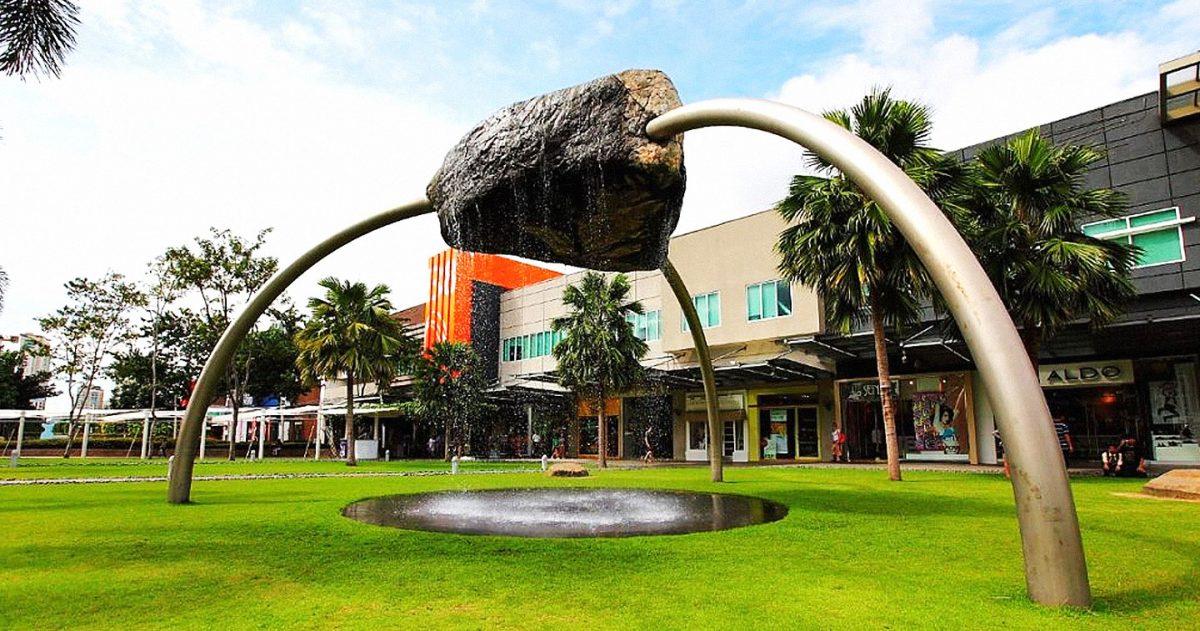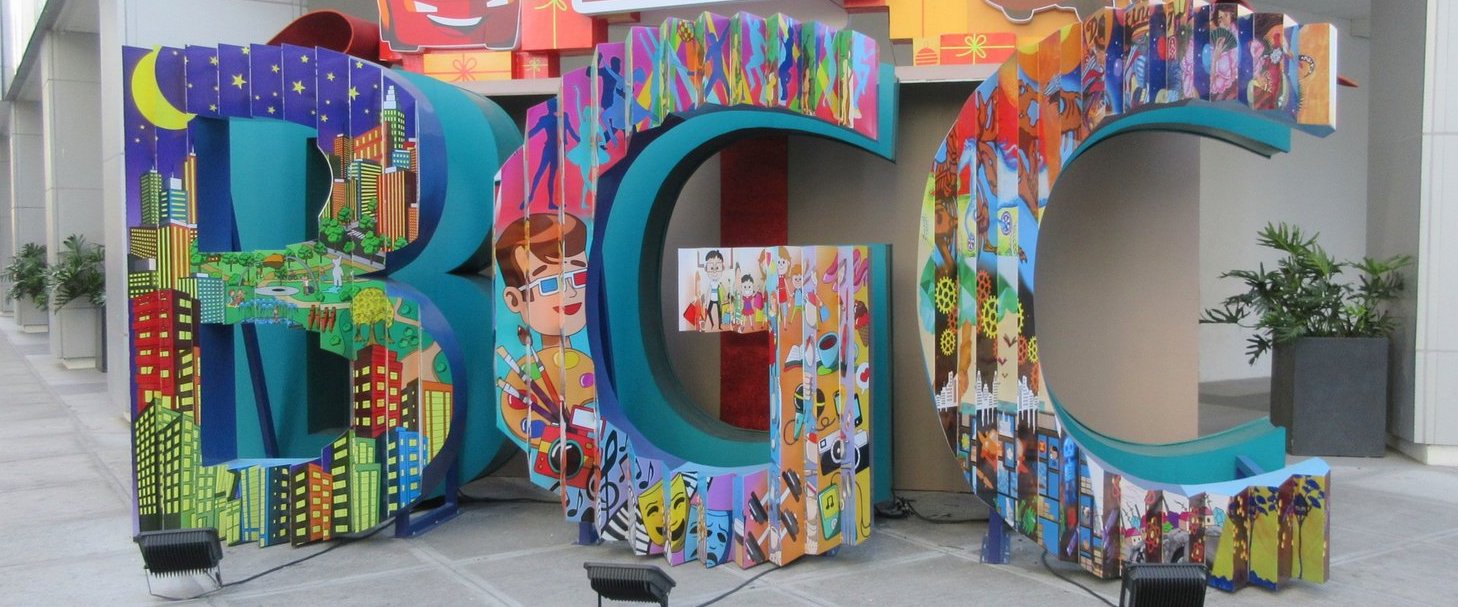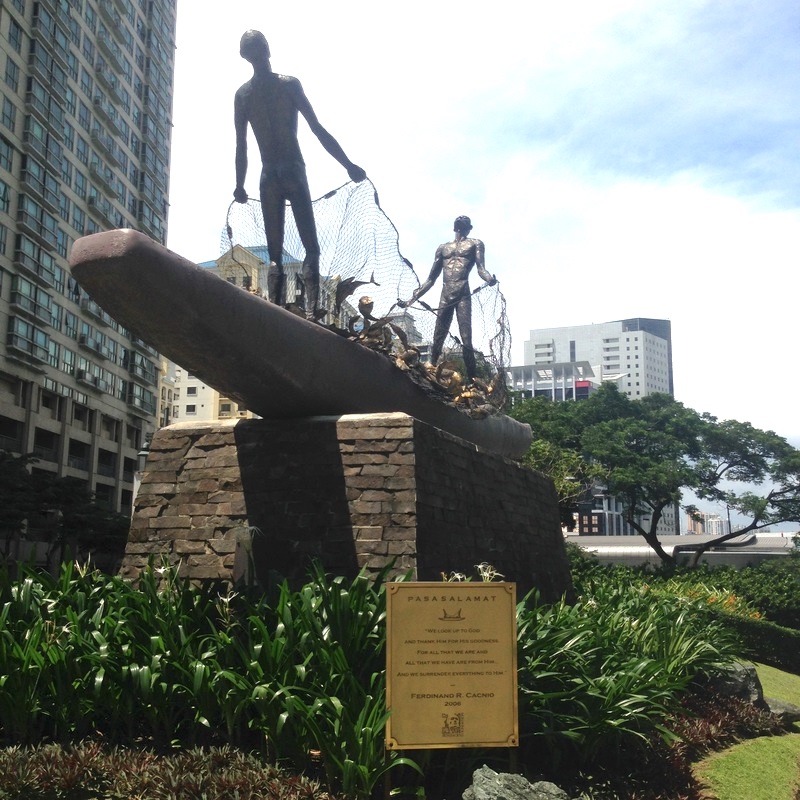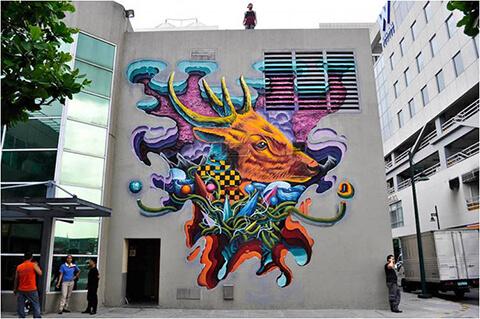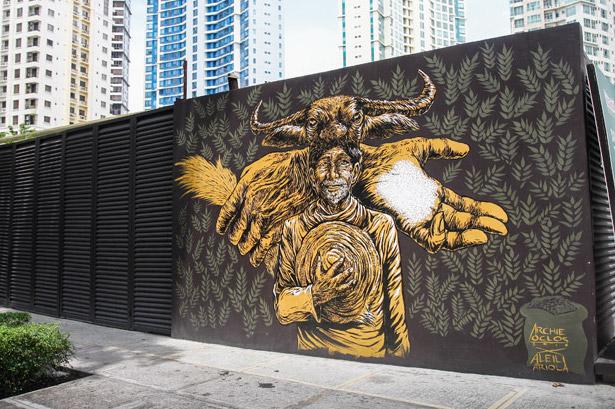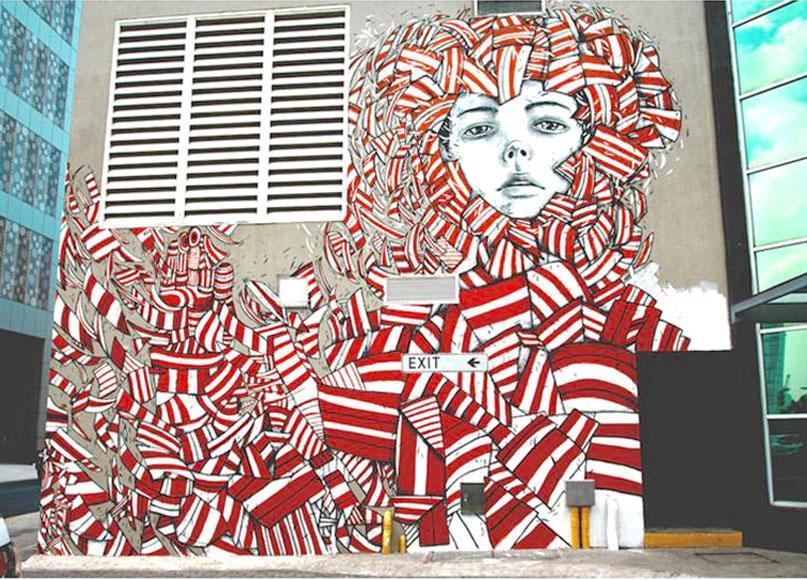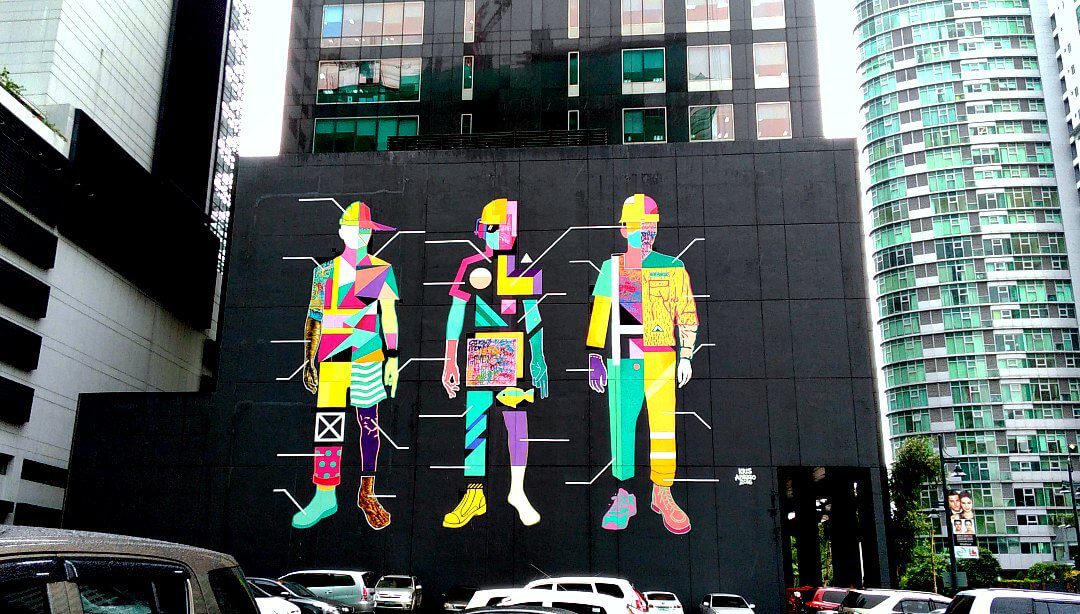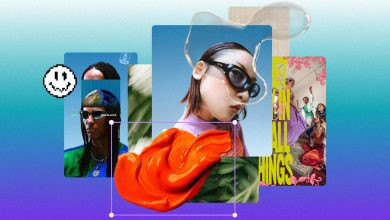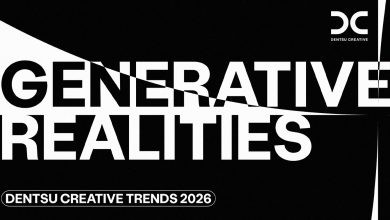MANILA, PHILIPPINES – Branding Nerd, a blog site aimed at placing the spotlight on brilliant ideas that brands have executed anywhere in the world, has recently published an article that focuses on ‘Promo’ and highlights the strategy of Bonifacio Global City, using art as an intrinsic part of ‘advertising’ the brand personality of BGC as a world-class, sophisticated and cultured place to reside and do business in.
Join the conversation and register for the #YoungMarketers Program” running through June 29: https://bit.ly/3fX56LR
Read their piece here:
We’re almost complete with the six P’s of marketing. Out of the six, we’ve covered four in previous blogs, namely Product, Place, People and Process.
In this blog, we talk about Promo.
While it’s referred to as ‘promo‘, this is not limited to ‘promotions‘. ‘Promo‘, in the context of the six P’s of the marketing mix, includes all forms of marketing communication and promotions which amplify and promote a brand. This includes advertising (both traditional and online), promotional tactics, live and virtual events, webinars, public relations, advertorials, outdoor advertising, in-store advertising, influencer marketing, social media marketing, and much more.
When I started my career in brand in Unilever back in 1987, since there was still no internet, there were just four traditional choices with respect to advertising, namely, television, print, radio, and billboards. During those years television took the lion’s share of most advertising budgets, averaging between 70% to 80% of ad spend.
Times have changed.
Today, based on anecdotal evidence, some large brands actually have zero, or near zero allocation for television. A few years back, when leading TV network ABS-CBN was still operating, one of their executives told me that Globe Telecomstopped advertising in their TV network and have decided to redirect their investments into digital instead. Around seven years ago, Globe told adobo magazine that they were pulling out of print and outdoor. “We at Globe no longer advertise in print, we at Globe have made the decision to exit outdoor. As a matter of policy, we are taking those media and we are piling it into digital,” then Head of Globe’s Consumer Business Group Peter Bithos said during the launch of Globe’s mobile advertising platform in 2014.

“If it doesn’t sell it isn’t creative.” – David Ogilvy
‘Promo‘ in the marketing mix is the realm wherein the advertising and promotion industry is heavily involved in.
Indeed, the ultimate goal of “Promo” is to generate revenue for the brand. If it doesn’t, then the time and resources invested in a ‘promo strategy’ will not create value for the brand.
In the same interview with adobo magazine, Bithos explained: “The ad dollars that we buy do not increase, but we’re shifting the least measurable and the most speculative media, and the least aligned with our customer segments at least, into digital, into a space where we can measure it, where we can grow it, where we can improve it.”
This sentiment of Globe is representative of many brands today. One significant thing that digital advertising platforms like Facebook, Google, and Instagram have changed was to enable brands to measure the direct effect of their campaigns to their business. This has been sorely lacking in the traditional advertising platforms, hence the shift of ad investments of brands to digital.
And it is not only Globe Telecom which has made these kinds of shifts.
In this blog, we feature a brand which promoted one of its events thru a brilliant and largely digital campaign back in 2019.
In this blog, we feature a business and lifestyle district in the Philippines known as BGC, or Bonifacio Global City, named after one of its national heroes and ‘Father of the Philippine Revolution’ Andrés Bonifacio (1863-1897). It is also fondly known as “The Fort”, since this was once a 240-hectare U.S. military fort known as Fort McKinley starting in the early 1900’s, named after the 25th US President William McKinley (1843-1901) who was the one who required Spain to surrender the Philippines to the US after winning the Battle of Manila in 1898 which ended the Spanish-American War.
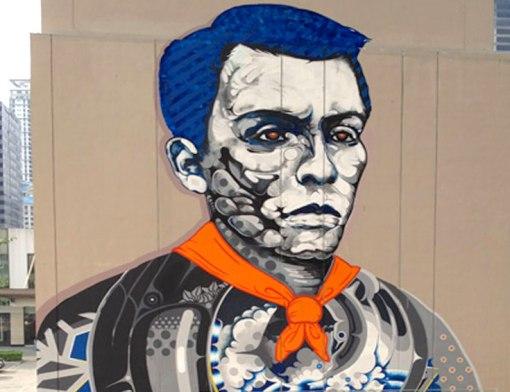
By 1949, or three years after the Philippines’ independence from the US after World War II, the fort was turned over to the Philippine government which continued to use it as a military reserve. In 1992, then Philippine President Corazon Aquino signed Republic Act No. 7227 that created the Bases Conversion and Development Authority (BCDA), which was mandated to transform former military bases into alternative productive civilian use.

“Home of Passionate Minds”
In the ensuing years after being privatized, the former military fort went into hyper-development mode. For many years in the early stage of the re-development, I remember seeing many high-rise buildings being built simultaneously. It reminded me of Singapore which was known to have the ‘crane’ as its national bird since there were so many construction cranes deployed as the country modernized. The same happened with BGC.
“An environment that nurtures your passion to live, work and play. But more than a remarkable confluence of architecture, accessibility, and activity BGC is a triumph of the human spirit and great ideas.” – BGC Website
Today, the tagline of BGC is “Home of Passionate Minds”. It lends to its positioning of being a world-class business and lifestyle centre. It is this brand positioning that has enabled the district to eventually attract some of the largest global brands to set-up their Philippine headquarters in the district, including Unilever, Colgate-Palmolive, HSBC, Citibank, Google, leading business process outsourcing (BPO) corporations, to name a few.
It is located within Taguig City, which is adjacent to the country’s first and rival business district, Makati City. Both cities are within the megapolis Metropolitan Manila which is composed of 17 cities and municipalities.
Consistent with its slogan of “Home of Passionate Minds”, aside from its cutting edge high-rise office and residential buildings, BGC has numerous public works of art that dot many areas in the district, all rendered by local Filipino artists. In a manner of speaking, these works of art also ‘promote’ the brand through these artistic touch points around the district.
The use of art has become an intrinsic part of ‘advertising’ the brand personality of BGC as a world-class, sophisticated and cultured place to reside and do business in.
The Van Gogh Alive Sponsorship
That is why, when the opportunity to host the world-renowned multi-sensory show dubbed Van Gogh Alive in the Philippines, BGC (through the Fort Bonifacio Development Corporation (FBDC) which oversees the masterplanning of the district) wasted no time in securing the sponsorship of the show and used it as yet another platform to strengthen its brand positioning as the “Home of Passionate Minds”.
Van Gogh Alive, created by Grande Experiences, has been presented in more than sixty countries and is considered the most visited multi-sensory experience in the world. “Synchronized to a powerful classical score, more than 3,000 Van Gogh images at enormous scale create a thrilling display that fills giant screens, walls, columns, ceilings and even the floor – immersing you entirely in the vibrant colors and vivid details that constitute Van Gogh’s unique style,” says its website.
Sponsoring this show was a perfect fit in the ‘promo strategy‘ of BGC.
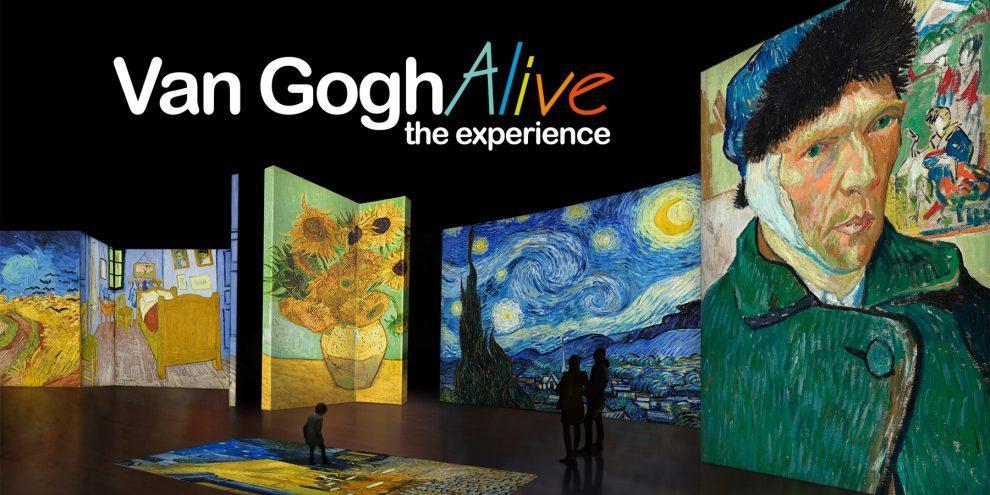 But it was not a purely brand-building campaign. BGC had to sell tens of thousands of tickets of the show in order to make the sponsorship commercially viable.
But it was not a purely brand-building campaign. BGC had to sell tens of thousands of tickets of the show in order to make the sponsorship commercially viable.
So the brand embarked on a largely digital campaign with the primary purpose of generating ticket sales for the show.
The digital marketing campaign that was deployed included the development of a microsite that served as the primary source of information about the show as well as the on-line booking platform for the tickets.
Then consumer traffic was driven to the microsite through the combination of very creative social media content, mainly through Facebook, use of influencers, and just the right amount investment in social media ad spend.
And the result? In just a dozen-odd days, all Van Gogh Alive tickets were sold out!
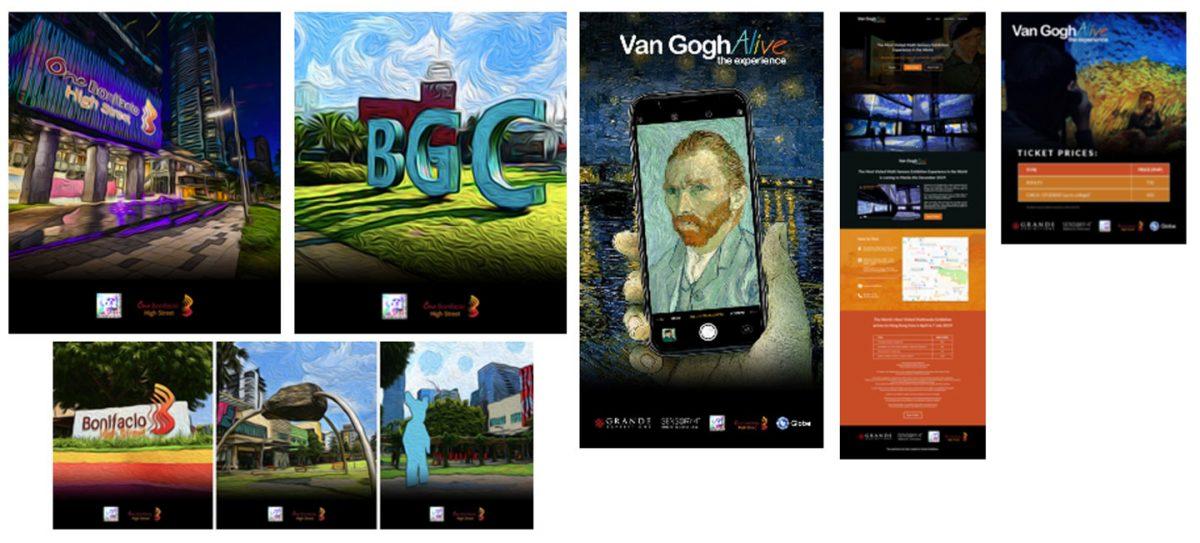
This brilliant ‘promo strategy‘ employed by BGC managed to achieve several objectives for the brand:
- It helped strengthen BGC’s brand equity as the “Home for Passionate Minds”
- It enhanced the overall brand experience in the district
- It further boosted the brand’s personality of being a global, sophisticated and highly-cultured brand, and
- It contributed commercially to the bottomline of the company through a profitable marketing campaign
BGC teaches us that the proper use of the ‘promo strategy‘ is about being focused on strengthening the positioning of the brand and being consistent with its personality and identity. Like other brilliant brands, BGC was able to use this element in the marketing mix to achieve yet another milestone in helping sustain the brand for the long-haul.

